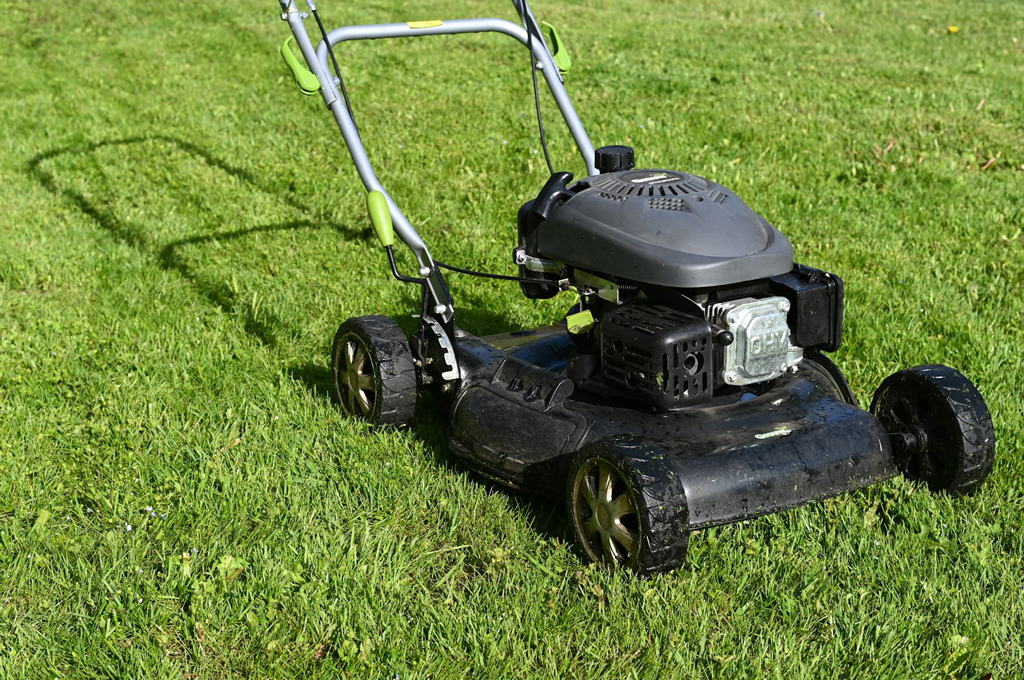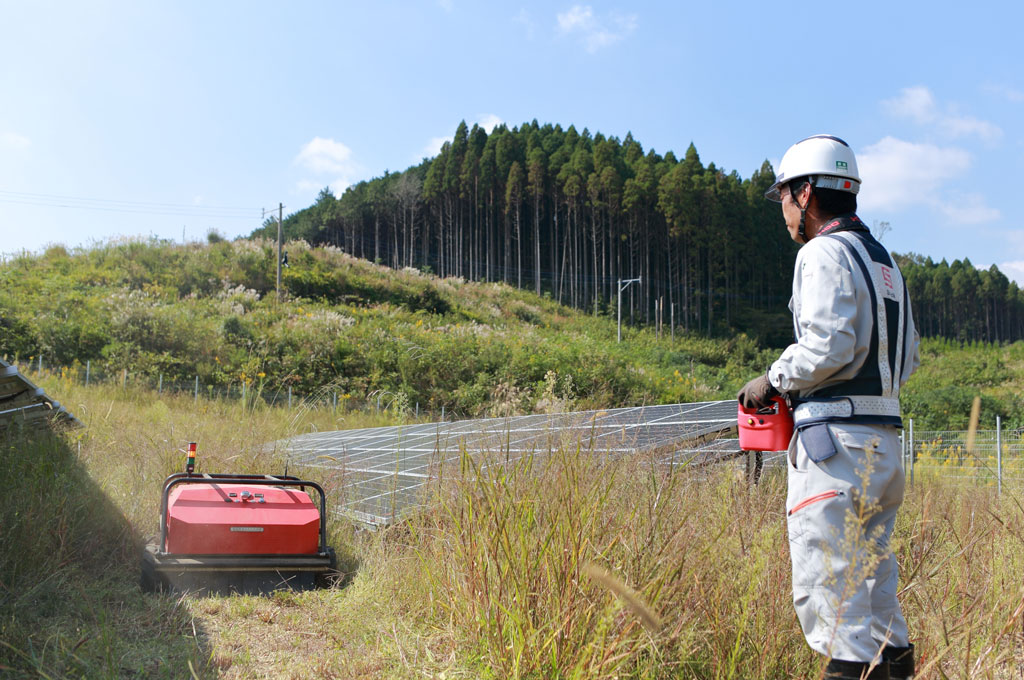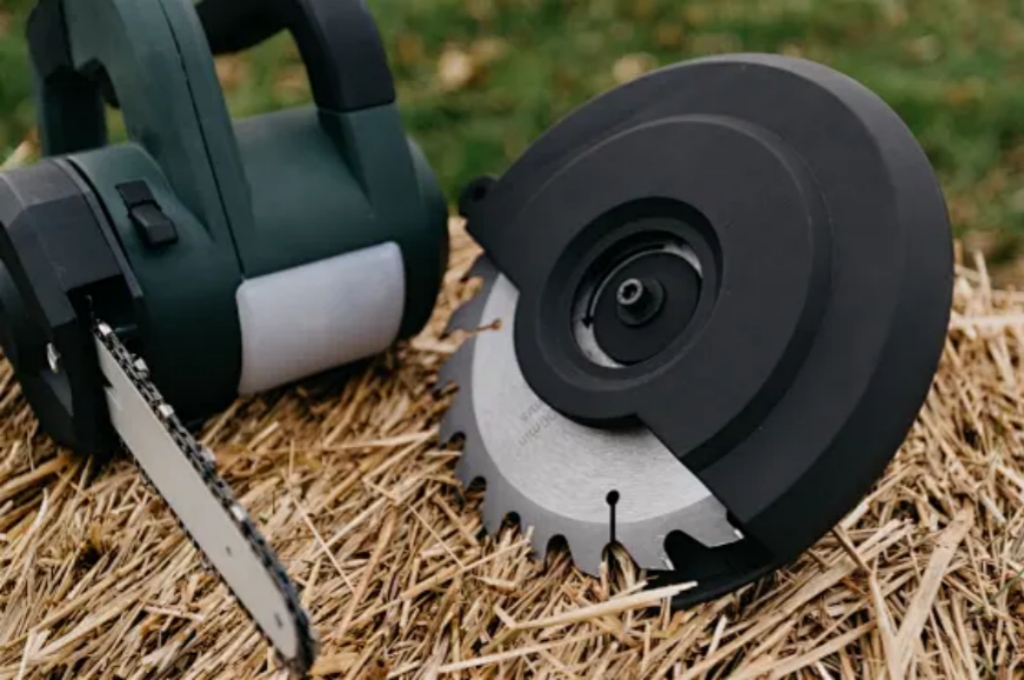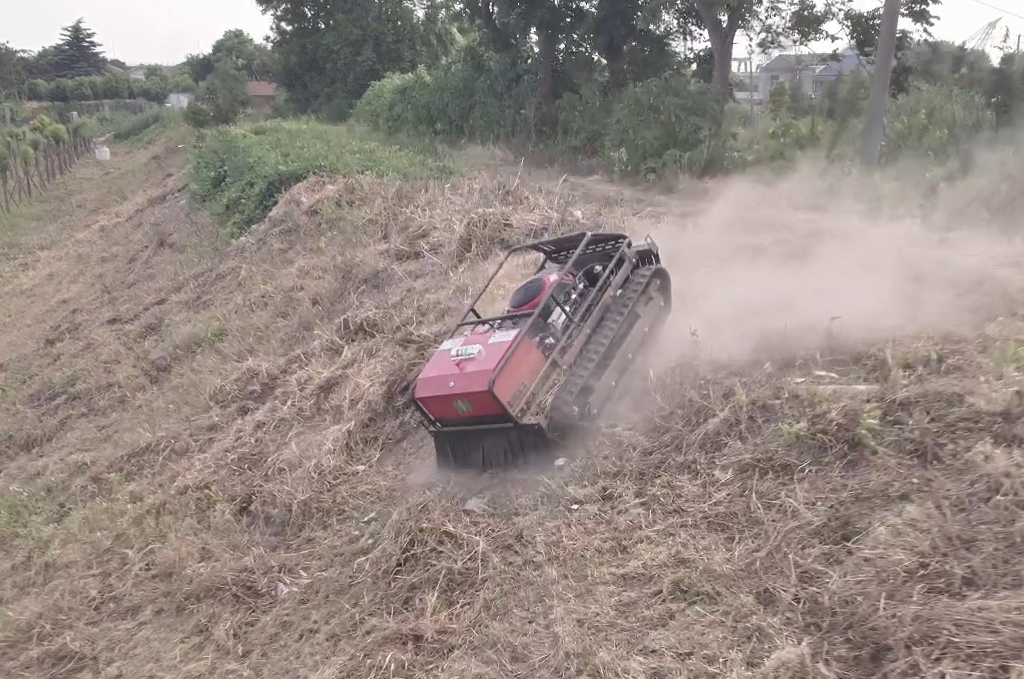Maintaining large lawns, such as those at solar farms, airports, or industrial facilities, has always been a cost challenge. Traditionally, site owners have relied on manual labor using riding mowers or handheld equipment. Remote-controlled mowers are emerging as a modern alternative. But how do the costs of these two methods compare?
Initial Investment vs. Ongoing Labor Costs
One of the biggest differences lies in the cost structure:
Labor
Hiring a team of workers requires an ongoing hourly wage, benefits, and sometimes seasonal contracts. For large facilities, mowing may be required weekly or biweekly, a cost that quickly adds up.
Remote-controlled mowers
The upfront purchase price can be high, ranging from $3,000 to $14,000, depending on the model. However, this is typically a one-time investment, with only ongoing maintenance and fuel/electricity costs to cover.
Many operators find that remote-controlled mowers pay for themselves within three to five years through reduced labor costs.
Productivity and Coverage
Another factor to consider is efficiency:
Manual mowing
A team of three to four workers using a standard riding mower can cover 2-3 acres per hour. Rest, fatigue, and weather conditions can affect the consistency of work.

Remote-controlled mowers
Industrial models equipped with tracks can continuously mow up to 4 acres per hour. Operators can safely control the mower remotely, and in some cases, one person can manage multiple machines simultaneously.

This increased productivity directly reduces the cost per acre.
👉 Below is a detailed cost and efficiency breakdown based on actual field data:
| Cost Item | Manual Brush Cutter | Remote Controlled Mower |
|---|---|---|
| Daily Labor Cost | $200 / day | $200 / day |
| Fuel Consumption | 1L/h × 8h = 8L/day | 3L/h × 8h = 24L/day |
| Fuel Cost | $1.5/L × 8L = $12/天 | $1.5/L × 24L = ¥172.8 |
| Daily Coverage | 3 acres | 40 acres |
| Workload for 1,000 acres | 334 days | 25 days |
| Overall Cost Reduction | — | 66.3% |
This table shows that while the machine consumes more fuel daily, its efficiency allows it to complete the same workload in just 25 days versus 334 days, translating to a 66% overall cost reduction.
Safety and Insurance Savings
Labor-intensive mowing comes with risks: injuries from steep slopes, flying debris, or equipment mishandling can lead to high insurance premiums or liability costs. Remote controlled mowers reduce the need for workers to be physically present on hazardous terrain. Some facility managers report lower accident rates and associated insurance savings after switching to robotic solutions.
Maintenance and Longevity
Manual equipment
Smaller ride-on mowers are cheaper but may wear out faster under heavy use, requiring more frequent replacement.
Remote mowers
Industrial-grade models are designed for industrial sites such as photovoltaic power plants and typically have a longer lifespan if properly maintained. Both methods incur maintenance costs, but remote-controlled mowing generally requires fewer machines.
Total Cost of Ownership (TCO)
When comparing both options over time, the total cost of ownership is crucial:
Manual labor
Predictable but recurring wages, higher insurance costs, and lower productivity.
Remote controlled mowers
Higher upfront investment but lower operating costs, reduced manpower requirements, and potential long-term savings.
In many industrial-scale projects, the break-even point for a remote mower is reached within two to three mowing seasons.
Which Option Is Right for You?
The decision ultimately depends on site size, terrain, and budget priorities. For small properties, hiring a crew may still be more economical. For solar farms, airports, or utility-scale facilities where mowing demands are constant, remote controlled mowers provide a cost-effective, safe, and sustainable alternative.
Related Post: Robotic vs Traditional Lawn Mowers: MC700 AIR Advantages


